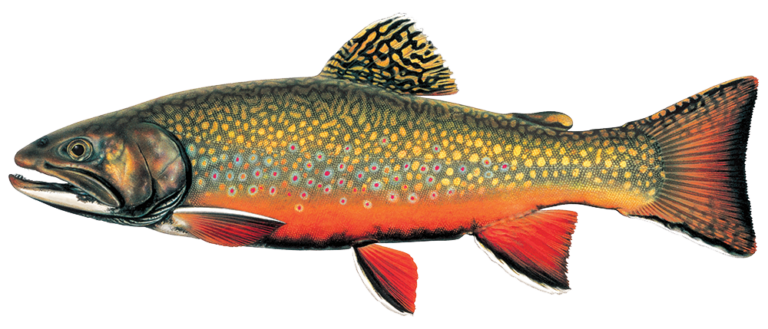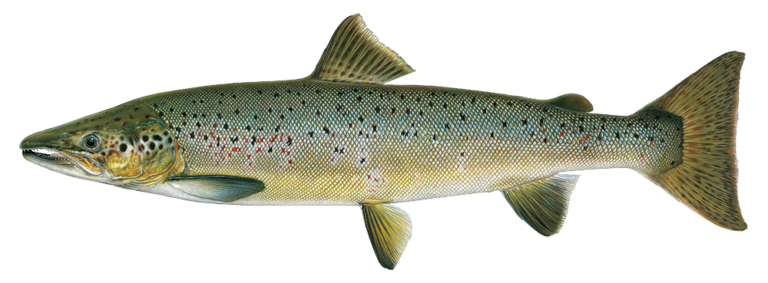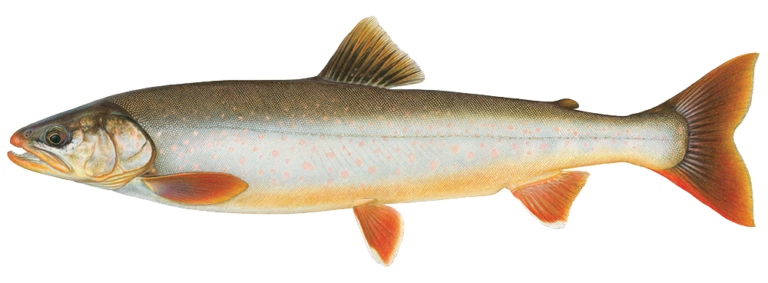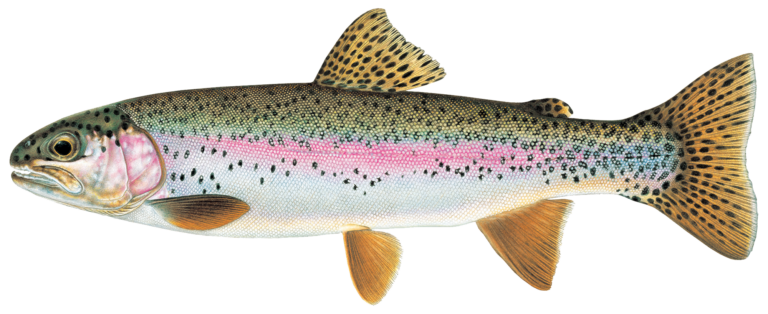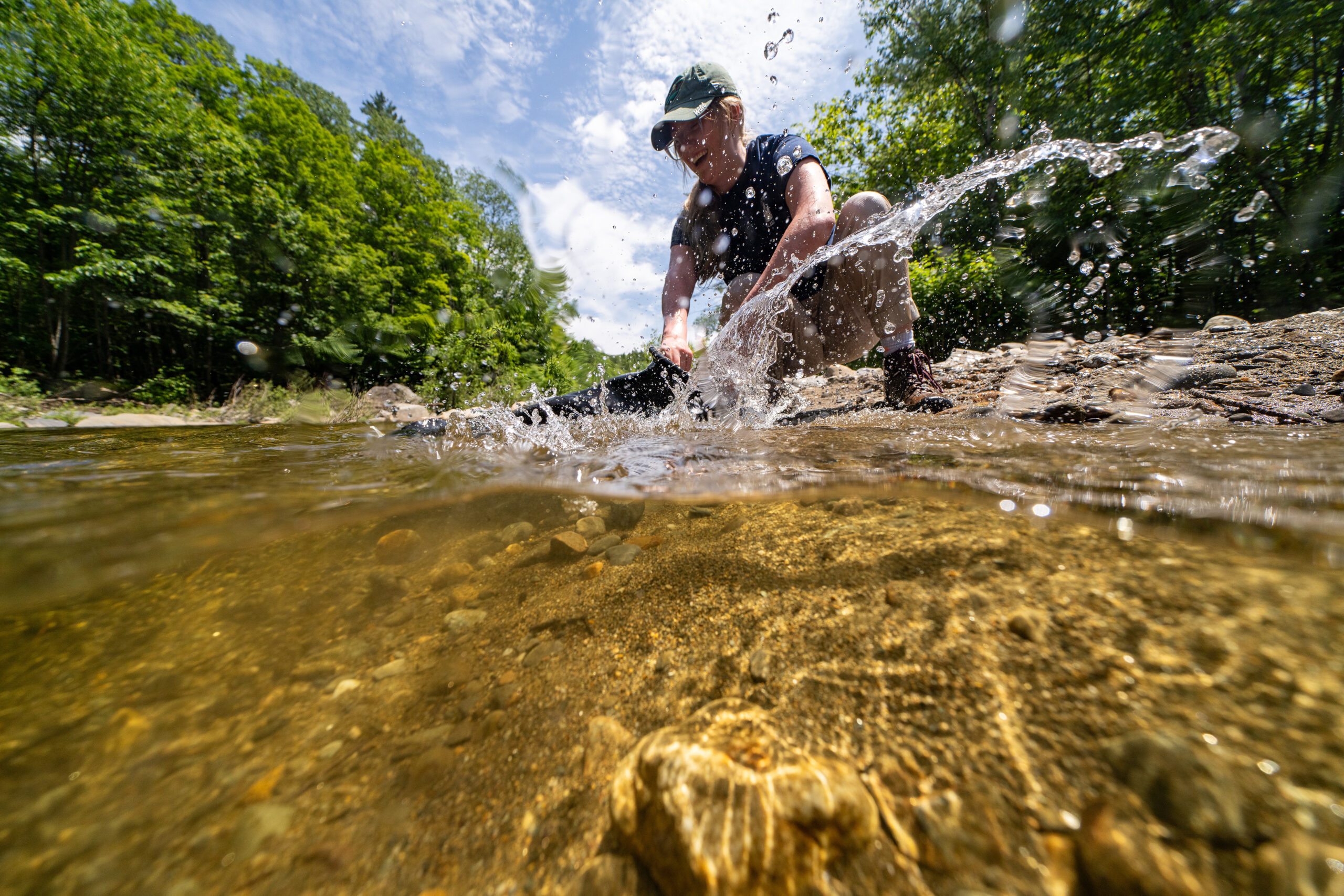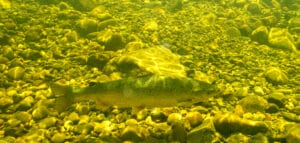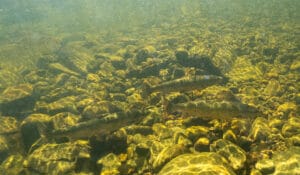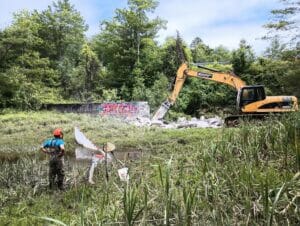Maine

Overview
Maine is home to the healthiest strongholds of native Eastern brook trout anywhere, as well as populations of landlocked Atlantic salmon and Arctic char, and the last of America’s sea-run Atlantic salmon. The wild, remote waters of the Rangeley Lakes are a destination for those in pursuit of trophy brook trout. Salter brook trout roam coastal streams, and Arctic char populate ponds and lakes across the state. America’s last wild Atlantic salmon ply the Kennebec and Penobscot. We are working to protect trout populations in the western Maine mountains, reconnect coastal streams, and support the unique salter brook trout life history. We are working to remove dams on the Kennebec River that stand in the way of successful, self-sustaining runs of endangered wild Atlantic salmon.
Threats & Opportunities
Habitat fragmentation is a major threat to sea-run and landlocked Atlantic salmon, brook trout, and salter brook trout. We can help these fish thrive and recover by removing small dams and advocating for better fish passage at—or removal of—large ones, such as the four lowermost dams on the Kennebec River, which are blocking recovery of one of America’s last runs of wild, sea-run Atlantic salmon.
How We Work
Reconnection
On large river systems, dam removal is the best way to recover populations of endangered wild sea-run Atlantic salmon. TU is working with partners to advocate for fish passage improvements on the Kennebec River to address four dams that block the upstream passage of wild Atlantic salmon and other co-evolved species. Removing these dams or significantly upgrading their fish passage infrastructure is the only viable way to recover these historic runs. Dams are also a problem on many streams that support salter brook trout, which move between freshwater streams and saltwater estuaries. By addressing barriers and improving habitat, we are recovering brook trout populations in priority streams.
Restoration
Streams and lakes in the Western Maine mountains are brook trout strongholds and offer high levels of resilience in the face of warming global temperatures. Using our Eastern Brook Trout Conservation Portfolio and other tools, we are prioritizing streams where habitat restoration is both most needed and where it will have the most impact and best chance for long-term success. Restoration efforts will include stabilizing stream banks, improving riparian health with native tree plantings, and strategically adding wood habitat.
Protection
We are working with landowners to protect coldwater streams, lakes, and ponds, including by using conservation easements.
How You Can Help
Help us recover some of America’s last wild Atlantic salmon runs.
TAKE ACTIONJoin us for public tree-planting events.
Maine Conservation Team
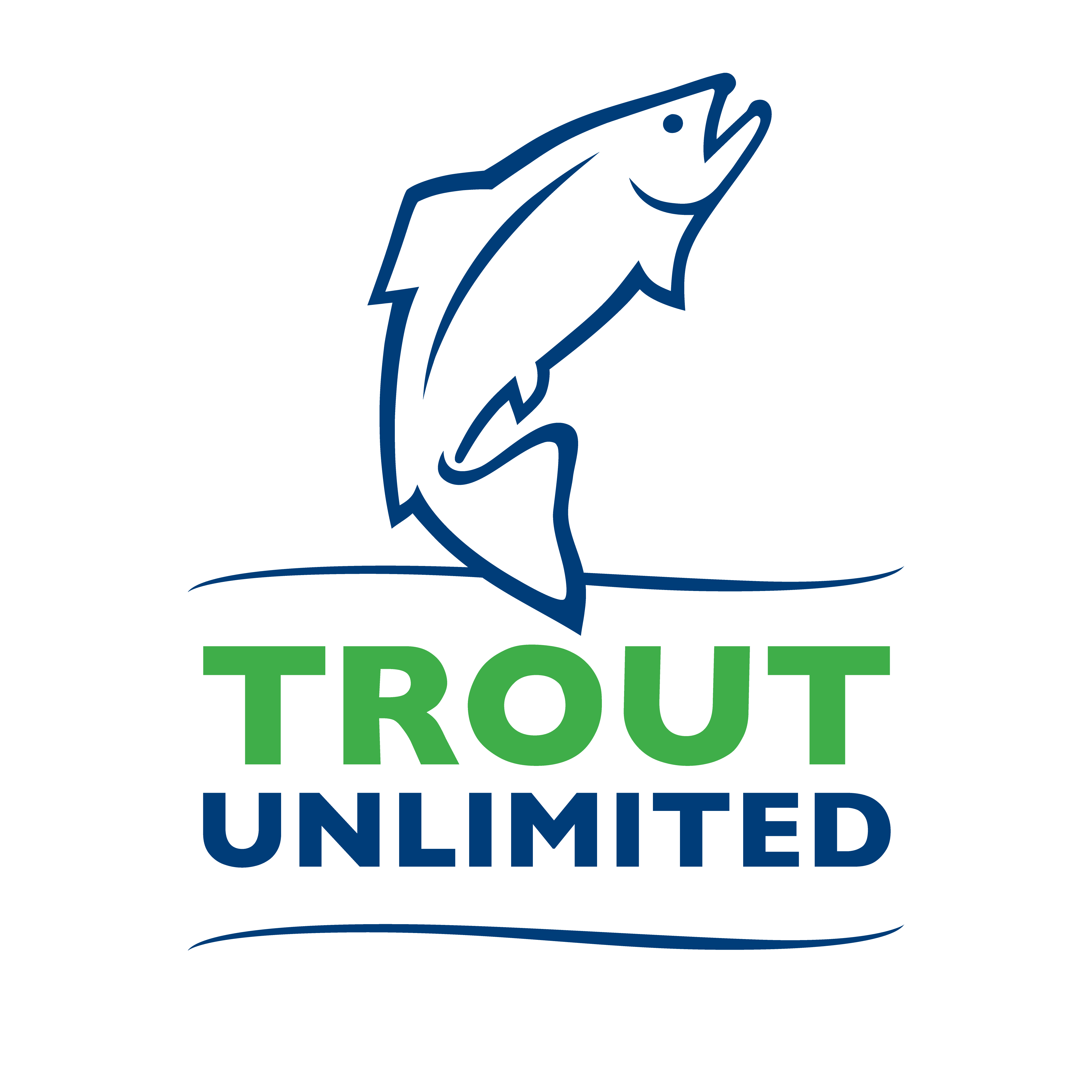
Amy Wolfe
Northeast Coldwater Habitat Program Director
Amy.Wolfe@tu.org
Northeast Coldwater Habitat Program Director
Amy.Wolfe@tu.org
Priority Waters

-
Sea-Run Atlantic Salmon Rivers
In the pre-industrial age, wild Atlantic salmon runs in the Kennebec were estimated to top 100,000 annually. With four dams currently blocking access to prime spawning habitat in the Sandy River, today’s runs average barely 50 fish annually and the fish are listed under the Endangered Species Act. Currently, they persist thanks to extraordinary measures: adult salmon are captured at the lowermost dam and trucked to spawning habitat in the Sandy River. Dams are blocking recovery efforts on two other historic wild salmon runs on the Union and Narraguagus rivers near Acadia National Park.
-
Landlocked Atlantic Salmon Waters
Wild salmon are still found in lakes, ponds and their tributaries. One is Crooked River, which provides 99 percent of the spawning habitat for the wild landlocked salmon of Sebago Lake, an important destination for anglers. The lake is one of the four original landlocked salmon waters in Maine. Antiquated dams and poorly designed culverts are blocking fish passage in this critical river.
-
Native Brook Trout Strongholds
Priorities for habitat protection will be the Western Maine mountains, the East Penobscot River, and the Aroostook River, also known as the Fish River. For salter brook trout, initial work will focus on Frost Gully and Branch brooks, as well as the Ducktrap River. Within land trust partnership tracts, the focus will be on the Pleasant, Kennebago, and Magalloway rivers, all of which are iconic fisheries.
-
Arctic Char Waters
Maine is the only state in the lower 48 with Arctic char, with 14 ponds and lakes supporting wild — and fishable — populations. Several populations of the species, sometimes called blueback trout, have been extirpated in the state over the past 115 years, including in the Rangeley Lakes region. With invasive species and competing uses of these waters posing continued challenges, sound management of these unique fish is a continued priority.

